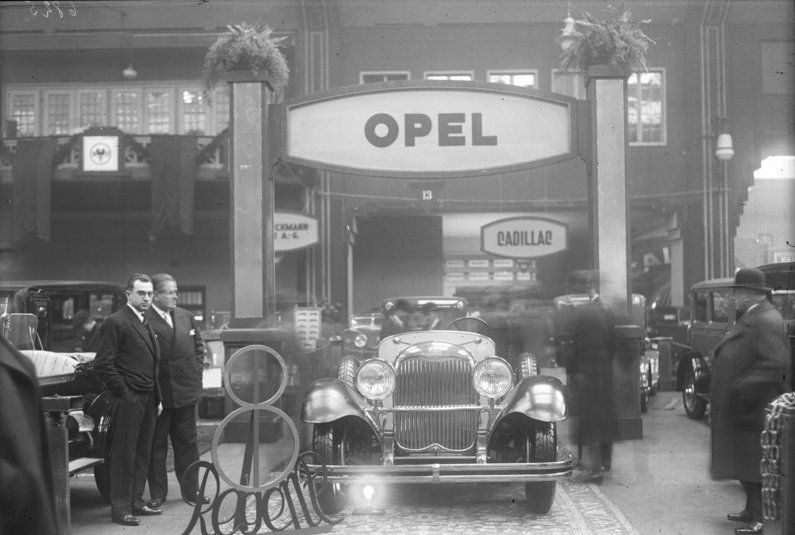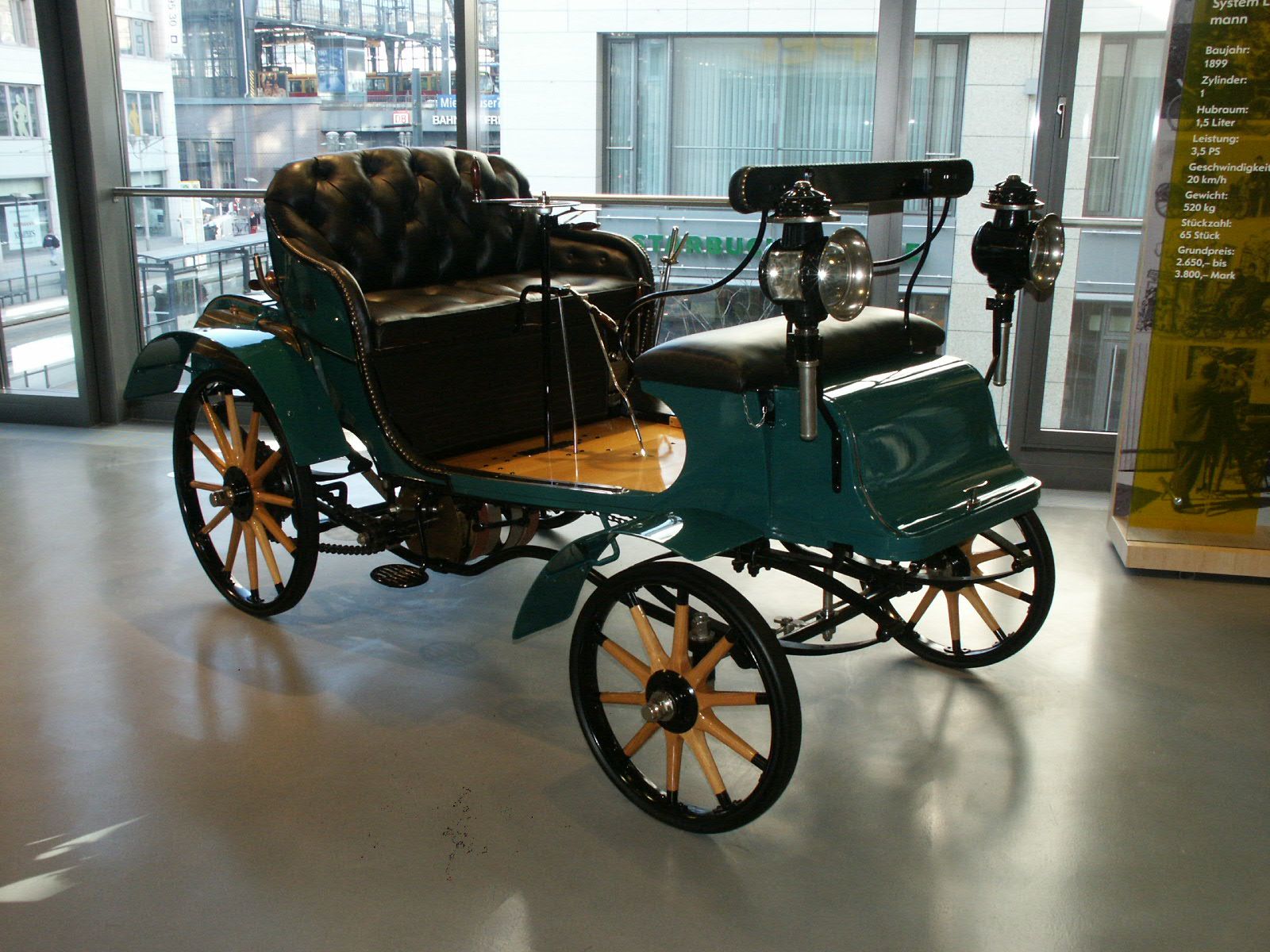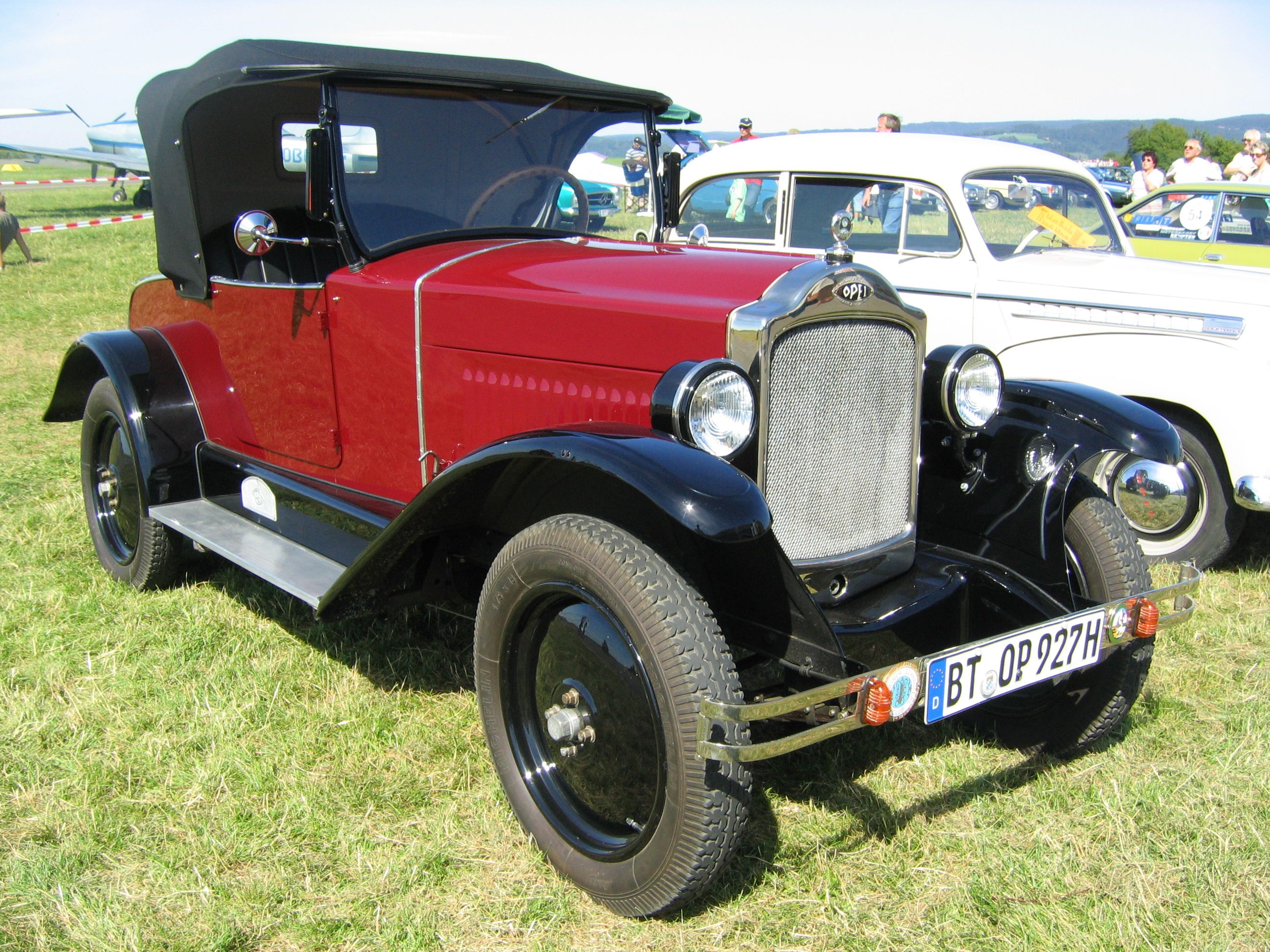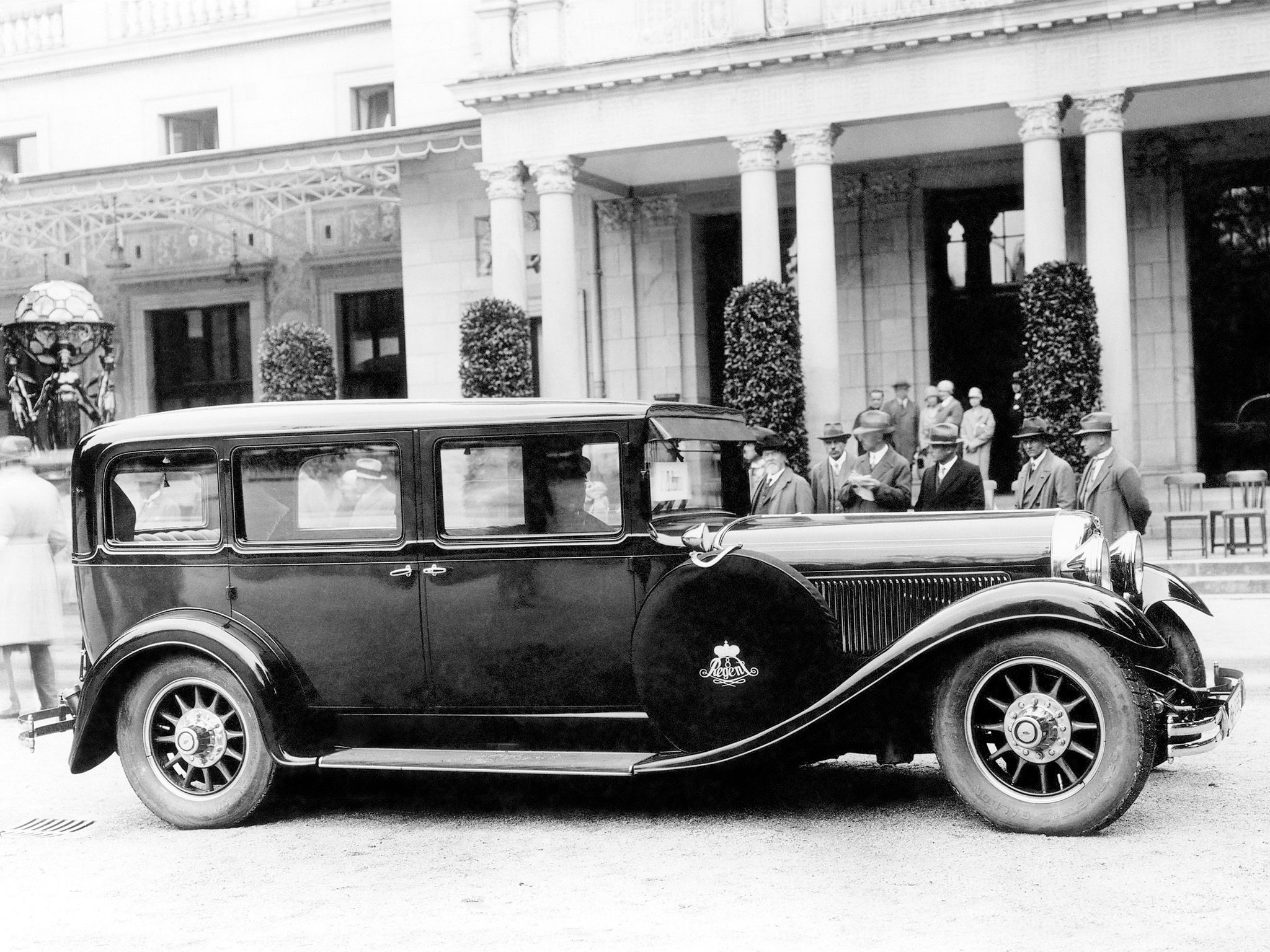Since the invention of the automobile, there have been numerous manufacturers giving us their own version of the car. Opel – the German carmaker, based in Russelsheim – is among the oldest manufacturers and like many others, it did not start out as a carmaker. Nowadays, Opel is known as a company that makes mass-produced and relatively cheap vehicles, but did you know it was on its way to becoming a luxury carmaker? Here’s a short history of how GM made that impossible.
Opel in the beginning
Opel was founded on 21st January 1862, which at the time of writing this, means that the German car company is exactly 160 years old. However, the Russelsheim-based company, actually, started out as a manufacturer of sewing machines, and in 1886 it also started producing high-wheel bicycles. Opel’s first car did not arrive until 1899. It’s called the Opel Patent Motorwagen and was powered by a 1.5-liter, single-cylinder engine that makes 3.5 horsepower, and allows for a top speed of 12.5 mph (20 km/h).
Opel Regent was Opel’s entry into luxury territory
Introduced in November 1928, the Opel Regent was a flagship luxury model of the brand that was offered both as a four-door limousine and a two-door coupe. Power came from a V-8 engine, which was a first for the brand, and made 110 horsepower while allowing for a top speed of 80.8 mph (130 km/h).
Opel’s mass-production assembly plant made it an attractive investment
Opel was the first European carmaker to incorporate mass-production assembly. Opel’s first automobile, produced through this method was the 1924 “Laubtfrosch” (Tree Frog). Opel was also a leading carmaker in Europe, with a 37.5 percent market share, in the early 1920s.
In 1929, GM did what any big company would do
In March 1929, GM, impressed by Opel’s production output and favorable position on the European market, acquired 80 percent of the German carmaker, increasing it to 100 percent, in 1931. Opel had already sold 25 units of the luxurious Opel Regent.
GM feared that the Opel Regent would make for strong internal competition for their Cadillac and Buick models so they offered all Regent owners a large sum of money to buy all 25 cars back. After that, GM destroyed all 25 luxury vehicles along with all production plans, and most imagery of them.
Most of the old car brands that have survived over the years are either established luxury or performance brands. While Opel was on its way to being a luxury carmaker, GM’s acquisition resulted in the brand making affordable, mass-produced vehicles. Before GM sold Opel to PSA (later Stellantis), in 2017, the brand’s presence in North America include rather anonymous vehicles, rebadged as Saturn (Sky, Cascada), Buick (Regal), and Cadillac (Catera).




